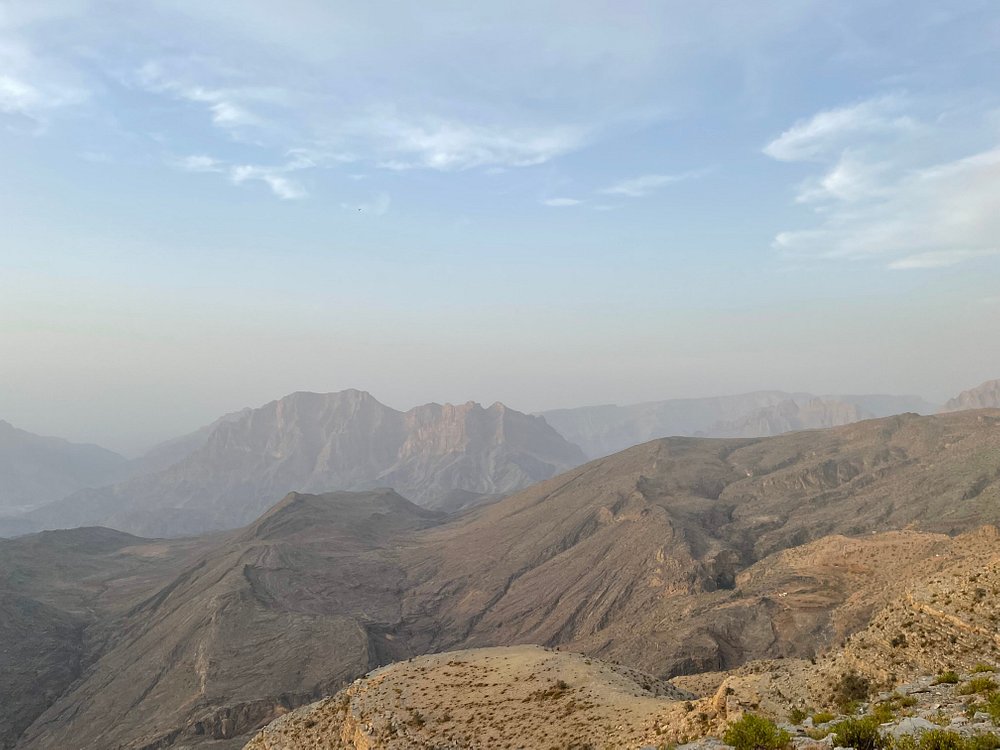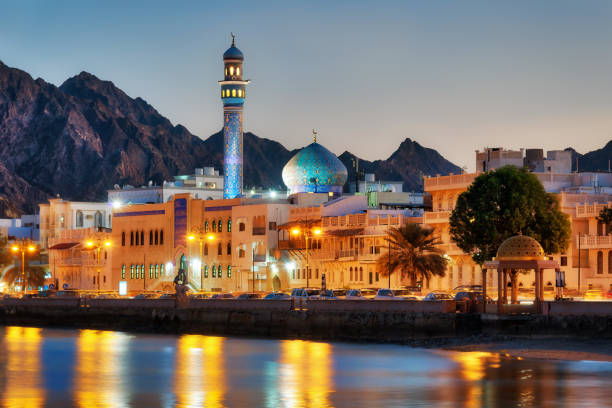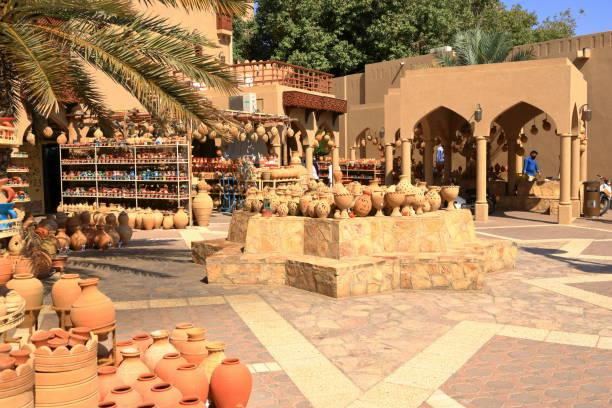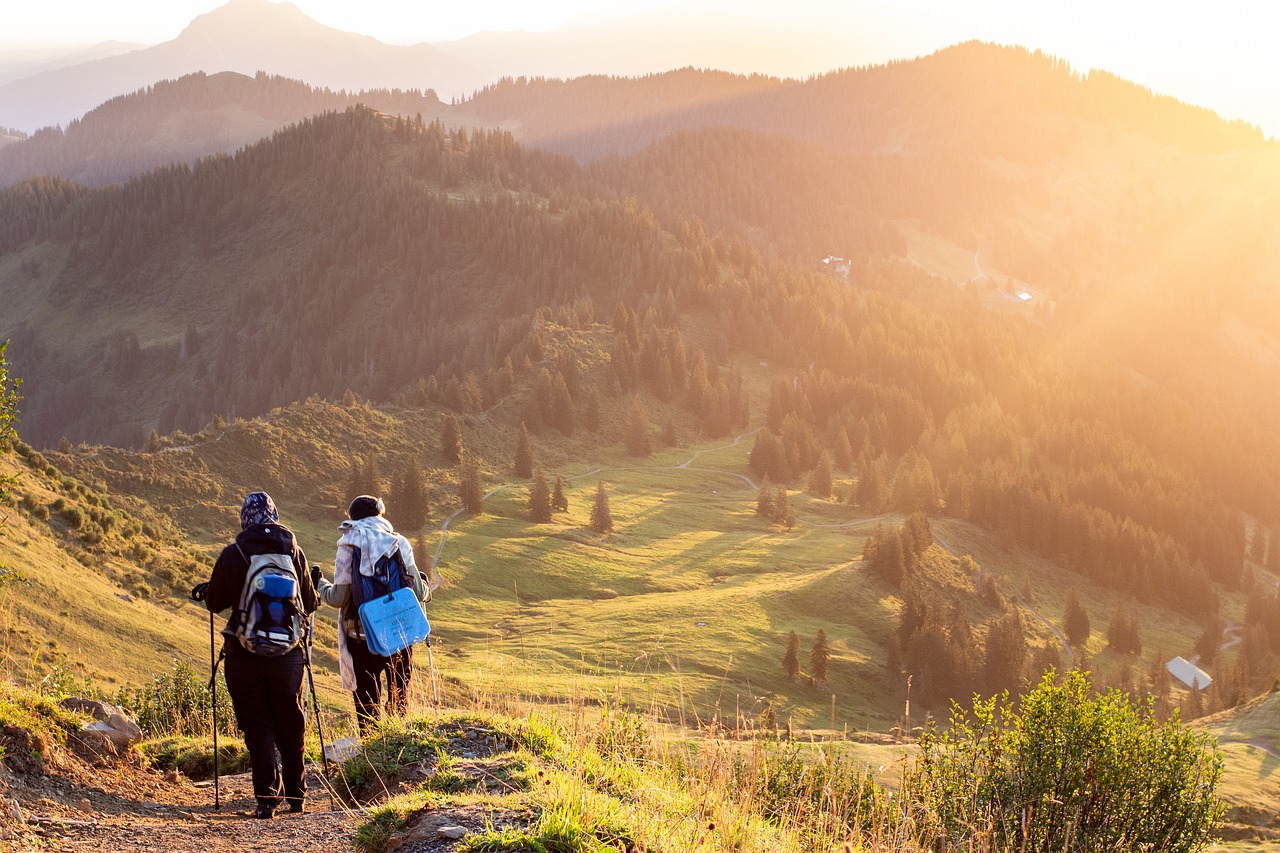Oman Explorer
Welcome to the blog of Oman Explorer
JABAL HATT
July 6, 2025

Planning and Preparation
-
Research the route thoroughly, as Jabal Hatt features remote and rugged terrain with little to no marked trails.
-
Check accessibility options; a 4x4 vehicle is usually needed from nearby towns like Khasab or Dibba. Hiring a local guide or driver is highly recommended.
-
Verify if any permits or border documents are required, especially if crossing from the UAE via Dibba.
-
Monitor weather conditions and plan your trek between October and April to avoid the extreme summer heat.
Gear and Supplies
-
Wear sturdy, broken-in hiking boots with good ankle support.
-
Carry navigation tools such as GPS devices, offline maps, and a compass, since mobile signal is unreliable or absent.
-
Bring sufficient water—at least 3 to 4 liters per person—and high-energy food; there are no water sources along the route.
-
Pack a first aid kit including supplies for altitude sickness, blister care, and sun protection.
-
If camping overnight, bring a lightweight tent, a warm sleeping bag (as temperatures can drop at night), and cooking equipment.
Safety Considerations
-
Be aware of altitude effects; the peak is around 2,087 meters, so watch for symptoms of altitude sickness.
-
It is safer to trek in groups or with a local guide, due to the isolated nature of the area and limited emergency support.
-
Protect yourself from strong sun exposure by using sunscreen, wearing sunglasses, and covering your head.
-
Exercise caution around loose rocks, steep cliffs, and local wildlife such as scorpions or snakes.
Environmental and Cultural Respect
-
Follow Leave No Trace principles by packing out all your rubbish and minimizing your environmental impact.
-
Respect local customs by dressing modestly, especially near villages and roads.
-
Always ask for permission before taking photographs of locals or private property.
Comments
Farees Ahmed
Oman is rich in natural beauty. It has a vast resource of places to visit and explore. In this blog, my endeavor is to try listing some of its hidden gems. If you have any feedback or comments, please feel free to post them here. ~Farees



